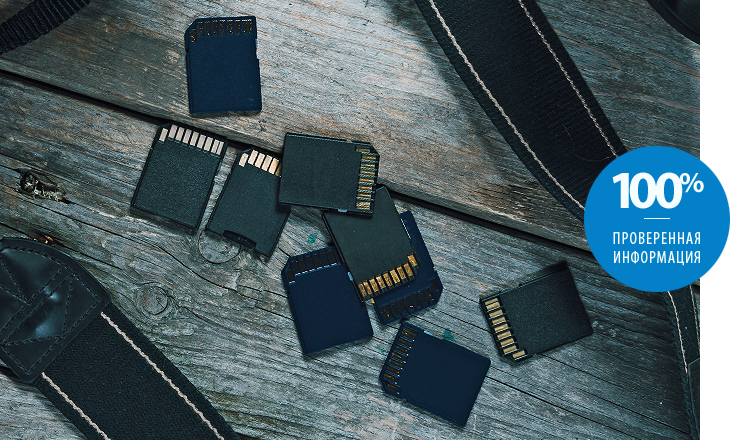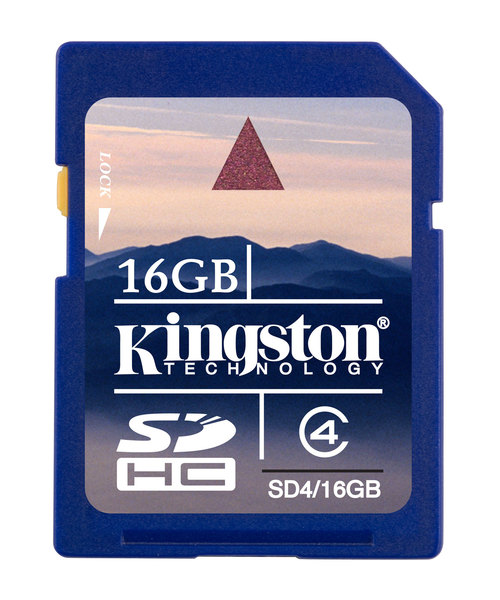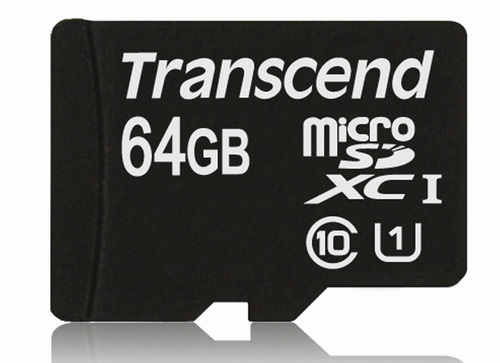
If you go to a modern electronics store, then you can stumble upon at least a couple of counters completely filled with memory cards. An unprepared person is taken aback by such abundance. What is the difference between all these cards? Why can not create a universal memory card? Which manufacturers are the most reliable models? All this will tell this article.
Universality is impossible
Each of us would like to imagine a world in which only one type of memory card is sold - in this case only the manufacturer would be different. In the world of removable media, this has already happened - remember the audio tapes. Although even in those times there were special types of audio cassettes designed for voice recorders or answering machines, they were simply not sold in every store, so few people suspected their existence. Not to mention the fact that there were options for 45, 60 and 90 minutes of audio.
Why can't manufacturers limit themselves to a single memory card? First, they are hampered by the creators of electronic devices, rushing from one form factor to another. If microSD cards are most often used in smartphones and tablets (the minimum size of these gadgets affects), then photo equipment manufacturers usually endow their creations with an SD card slot. And the PS Vita game console did get a proprietary type of memory card.
Secondly, not all users will be satisfied with the universal capacity of the memory card. For example, manufacturers can stop at a 32-gigabyte volume. This alone will be quite enough. But other people want to buy a cheaper card - they do not need such a capacity, since they are not going to save films and huge volumes of music to removable media. And the third such capacity will be even small, since they are going to use a memory card in a video camera, recording a picture in 4K resolution. That is why there will never be universal cards, so a very difficult choice will be waiting for you every time.

Memory card format
There are several of the most popular types of memory cards. The media of a particular format can be installed only in a slot specially designed for it. That is, a PS Vita card cannot be installed in a camera or smartphone, even if they are also produced by Japanese company Sony. Therefore, with the form factor of the memory card you need to decide first. The following types of cards are most popular now:
- Microsd - the most common form factor. Such cards are inserted into almost all smartphones that have a memory expansion slot. With the help of a special SD-adapter, the card can be put in a camera, laptop or video camera.
- SD - no less common format of the memory card. Differs in larger size and the presence of write lock. Typically, these cards have decent speed characteristics and an adequate price tag. Used in cameras, printers, camcorders and many other electronic devices.
- MemoryStick Pro Duo - These cards are supported by some gadgets manufactured by Sony. For example, a PlayStation Portable game console and certain camera models.
- PS Vita - A proprietary type of memory card, supported only by the same gaming console. Special software is written on it, therefore, it is impossible to install another card in this console even by using any adapters.
- CompactFlash - These memory cards are quite large and have a very decent write speed. Most often used in professional SLR cameras and some camcorders.
What does the class affect?
On the packaging of many memory cards indicated their class. In fact, it speaks about the speed characteristics of the product. The higher the grade, the faster the write speed.
- Class 2 or 4 - very low speed media. Suitable only for use in push-button phones or unpretentious MP3 players. A purchase for installation on a tablet or smartphone is not recommended, as the operating system with such a card will work much slower!
- Class 10 - should be the most popular class of memory cards on the market today. Its speed characteristics are quite enough for video recording at Full HD resolution. This suggests that such a card can be used in the vast majority of video cameras. And for sure, such carriers are ideal for tablets, smartphones and cameras (except professional ones).
- UHS-I - more high-speed standard. Developed specifically for devices that write video in 4K-resolution. Ideal for most SLR cameras, action cameras (including GoPro Hero 4+ Black) and camcorders.
- UHS-II and above - such high-speed cards are required only for professional photo and video equipment. In particular, photographers with their help load the clipboard of their device less, squeezing a larger number of frames during continuous shooting. Well, videographers write 4K-video with the maximum bitrate on such memory cards.

Most Popular Manufacturers
A memory card is a miniature thing. And the smaller the electronic device, the easier it is for him to fail. That is why some memory cards break so quickly. Therefore, buy products only from time-tested companies! Forget about ordering Chinese products in the relevant online stores, as fakes rarely serve for a long time.
We advise you to pay attention to the maps produced by the forces. Kingston, Samsung, Silicon power and Transcend. A good choice would be a card from Sony, but in this case you will make some overpayment for the brand. This does not apply only to cards of a specific format intended for game consoles of this company - other manufacturers rarely release them. Well, if you want to get the maximum quality, then look towards the products. SanDisk. Tests show that these cards correspond to the declared characteristics and serve for many years. On some models, the company provides a 10-year or even lifetime warranty!
Common customer mistakes
- Most often, when choosing a memory card, the following error is made: the consumer begins to listen to the sales assistant. And that offers stale goods, which has far from the best characteristics. Think with your head!
- Also, many buyers want to save on the purchase of removable media. They acquire a card of a little-known manufacturer. For example, it is strictly not recommended to purchase products. Qumo. Someone such memory cards work long enough. But most often they refuse, if not in the first days of use, then already a week or a month after the purchase. And, unfortunately, by the time the check is thrown out, because of what you can forget about the warranty exchange.
- A less frequent mistake is buying a card of an inappropriate speed class. But it is rarely allowed only because in our country not every person owns a flagship smartphone or 4K video camera.
